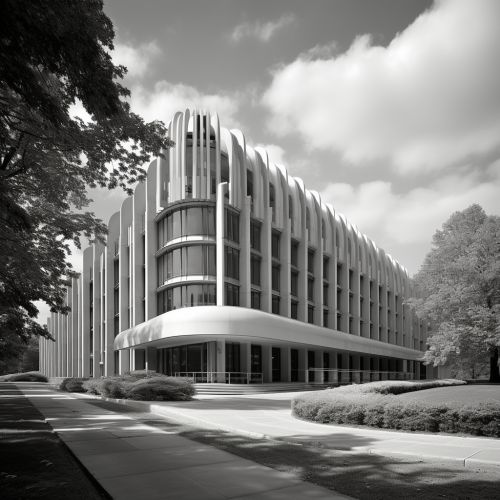Bell Labs
History
Bell Labs, officially known as Bell Telephone Laboratories, is an American research and scientific development company. It was created in 1925 as a division of AT&T and Western Electric Research Laboratories. The labs were named after Alexander Graham Bell, the inventor of the telephone.


The first president of Bell Labs was Frank B. Jewett, who served from 1925 to 1940. Under his leadership, Bell Labs became a pioneer in the field of telecommunications research. The company's early achievements include the development of transistor technology, the laser, and the Unix operating system.
In 1947, Bell Labs researchers John Bardeen, Walter Brattain, and William Shockley invented the transistor, a device that amplifies or switches electronic signals and electrical power. This invention revolutionized the electronics industry and paved the way for the development of almost all modern electronic devices.
Research and Development
Bell Labs has been at the forefront of scientific discovery and technological innovation for nearly a century. The labs have made significant contributions to the fields of telecommunications, computer science, material sciences, and information theory.
The labs have been responsible for numerous technological innovations and scientific breakthroughs. These include the development of radio astronomy, the transistor, the laser, the charge-coupled device (CCD), information theory, the Unix operating system, and the C programming language.
Bell Labs' research has also resulted in seven Nobel Prizes in Physics, reflecting the profound impact of their work on modern science and technology.
Innovations and Discoveries
Bell Labs has a long history of significant contributions to science and technology. Some of these innovations and discoveries include:
Transistor
The invention of the transistor in 1947 by Bell Labs researchers John Bardeen, Walter Brattain, and William Shockley was a groundbreaking achievement. The transistor is a fundamental building block of modern electronic devices and has had a profound impact on technology and society.
Laser
In 1958, Bell Labs researchers Arthur Schawlow and Charles Townes invented the laser, a device that emits light through a process of optical amplification based on the stimulated emission of electromagnetic radiation. The laser has a wide range of applications, from medical and industrial uses to telecommunications and data storage.
Unix Operating System
Bell Labs is also known for the development of the Unix operating system in the 1970s. Unix was designed to be a simple, flexible system for programmers to use. It has since become one of the most widely used operating systems in the world, forming the basis for systems like Linux and macOS.
Legacy and Impact
The legacy of Bell Labs extends far beyond its many technological innovations. The labs have been a training ground for many scientists and engineers who have gone on to make significant contributions in their own right.
The labs' approach to research and development, which combines fundamental scientific research with applied technology development, has served as a model for other research institutions around the world.
